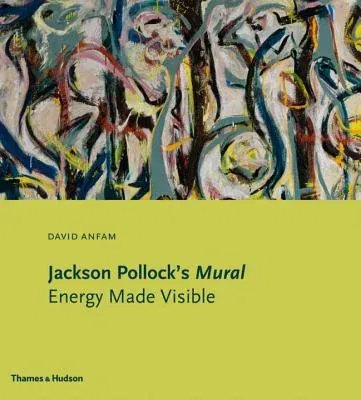David Anfam
(Author)Jackson Pollock's Mural: Energy Made VisibleHardcover, 19 May 2015

Qty
1
Turbo
Ships in 2 - 3 days
In Stock
Free Delivery
Cash on Delivery
15 Days
Free Returns
Secure Checkout

Print Length
146 pages
Language
English
Publisher
Thames & Hudson
Date Published
19 May 2015
ISBN-10
0500239347
ISBN-13
9780500239346
Description
Product Details
Author:
Book Format:
Hardcover
Country of Origin:
US
Date Published:
19 May 2015
Dimensions:
25.91 x
23.62 x
1.78 cm
Genre:
Art Aspects
ISBN-10:
0500239347
ISBN-13:
9780500239346
Language:
English
Pages:
146
Publisher:
Weight:
952.54 gm